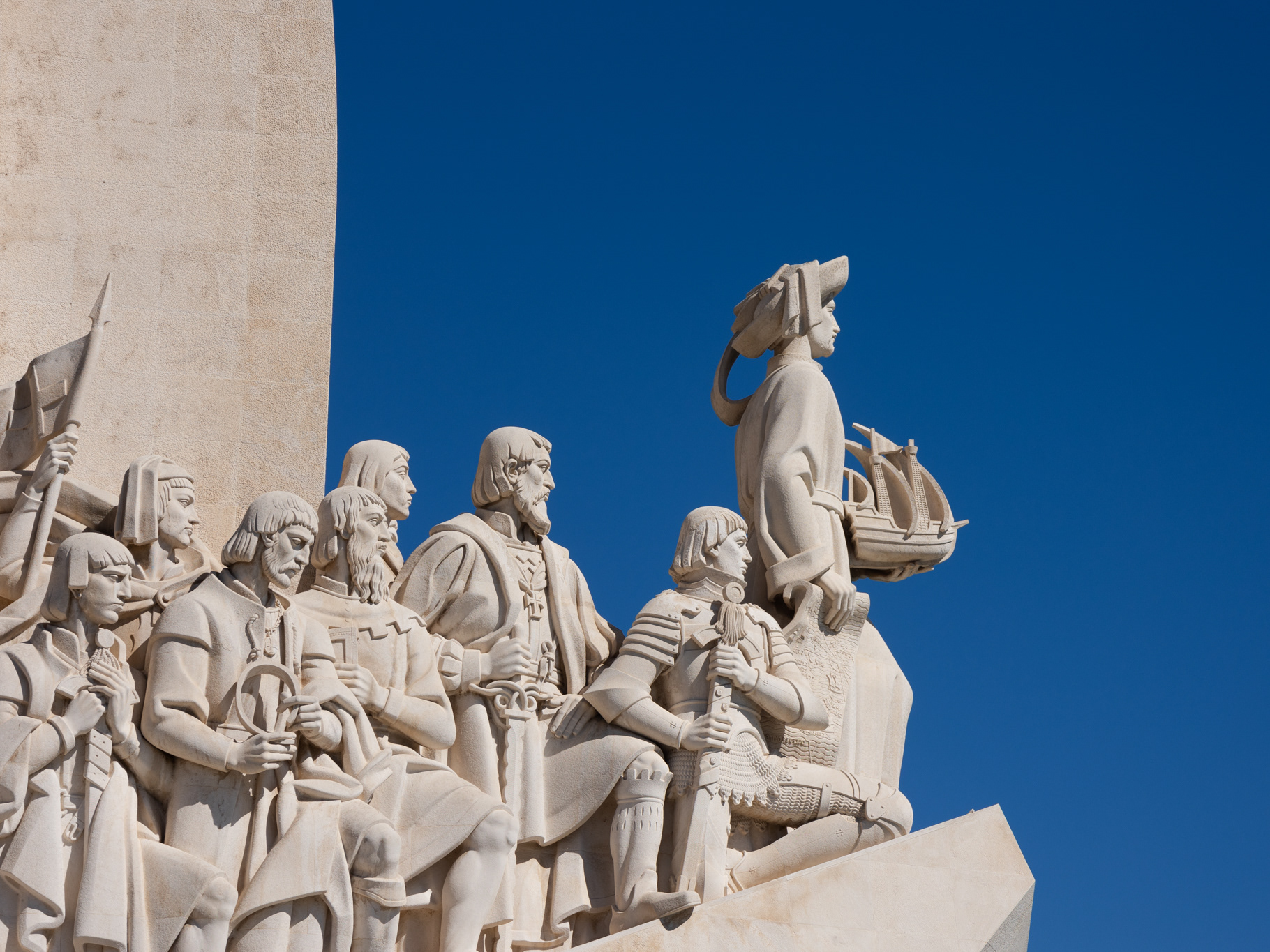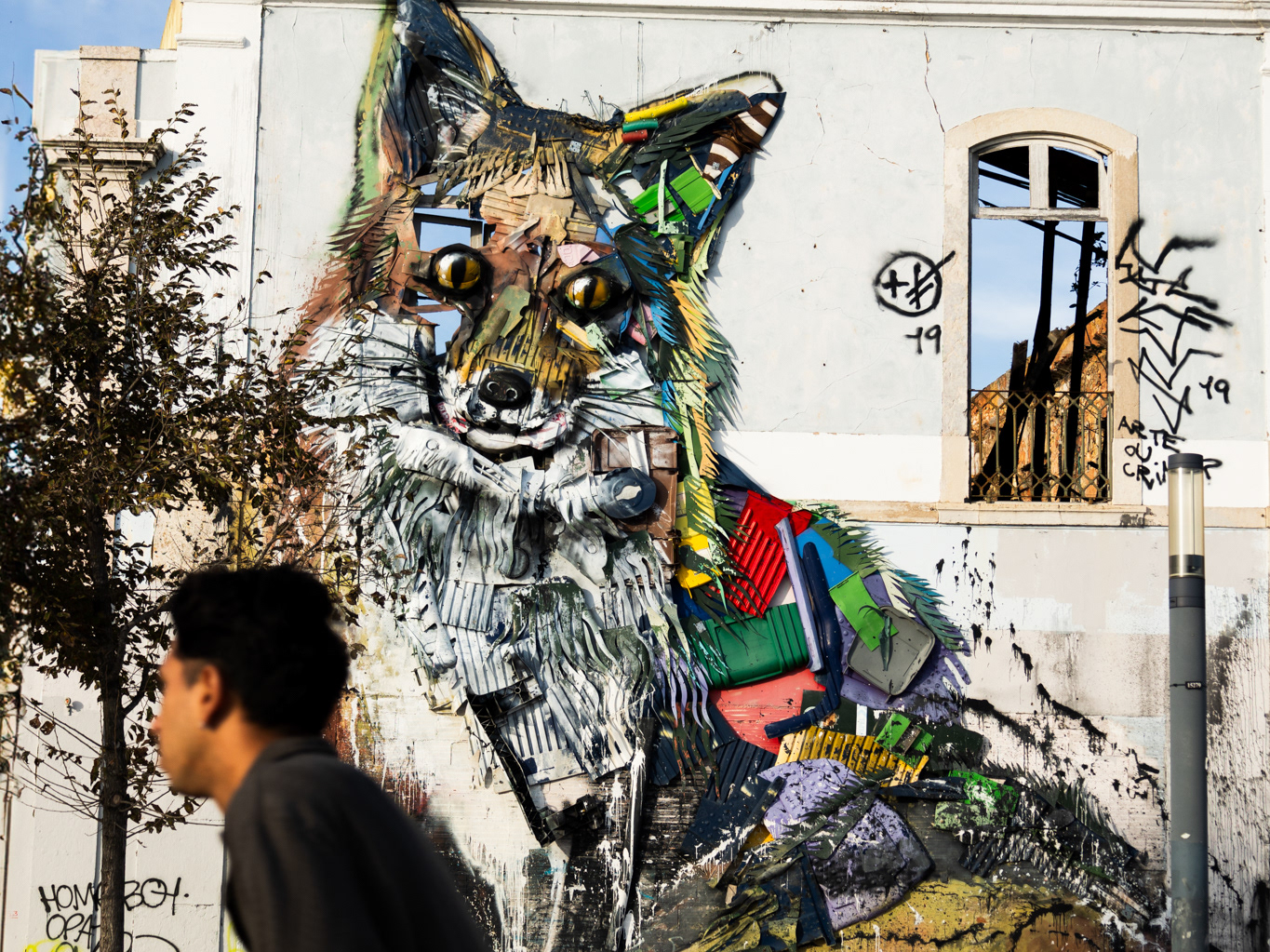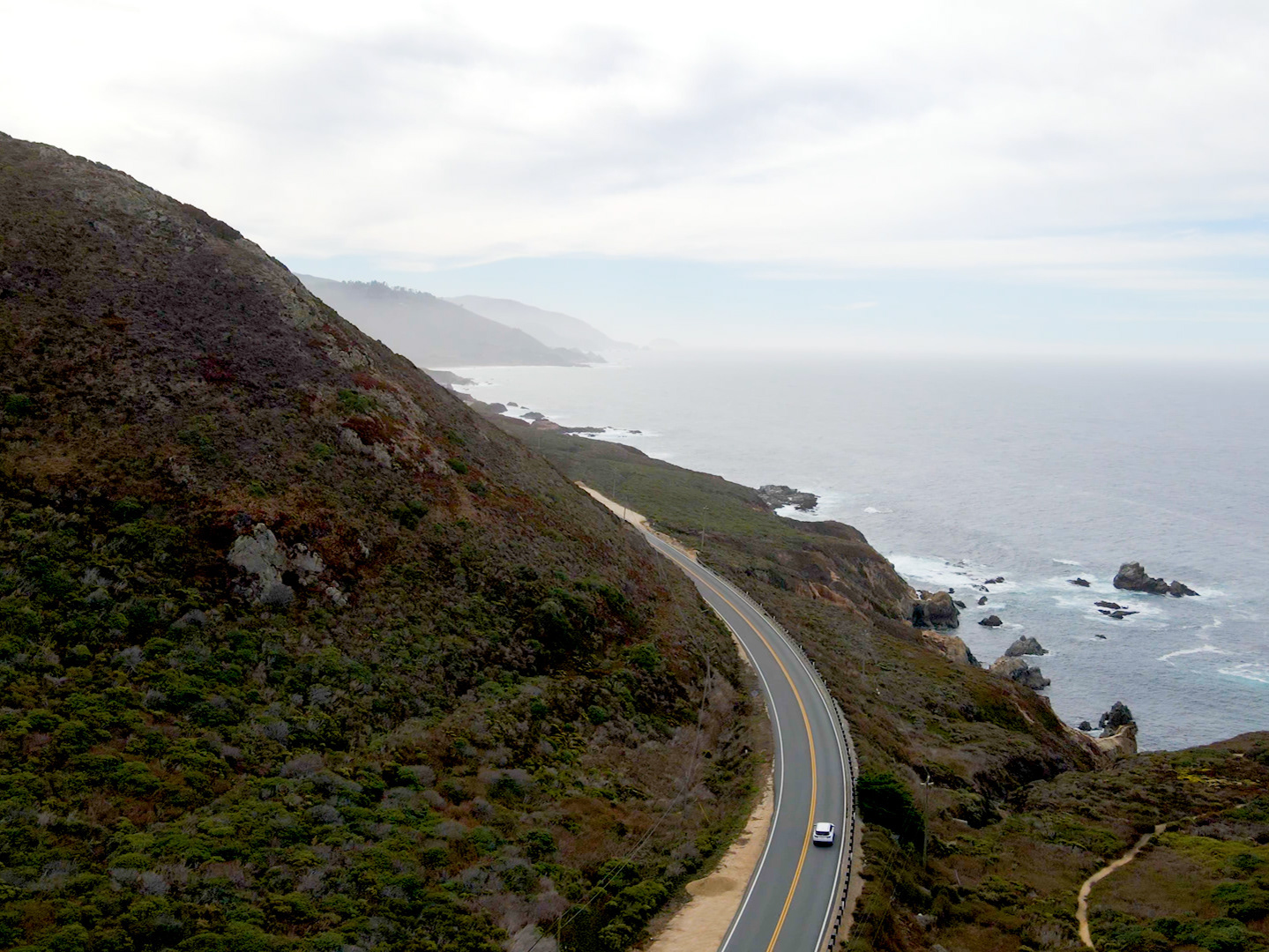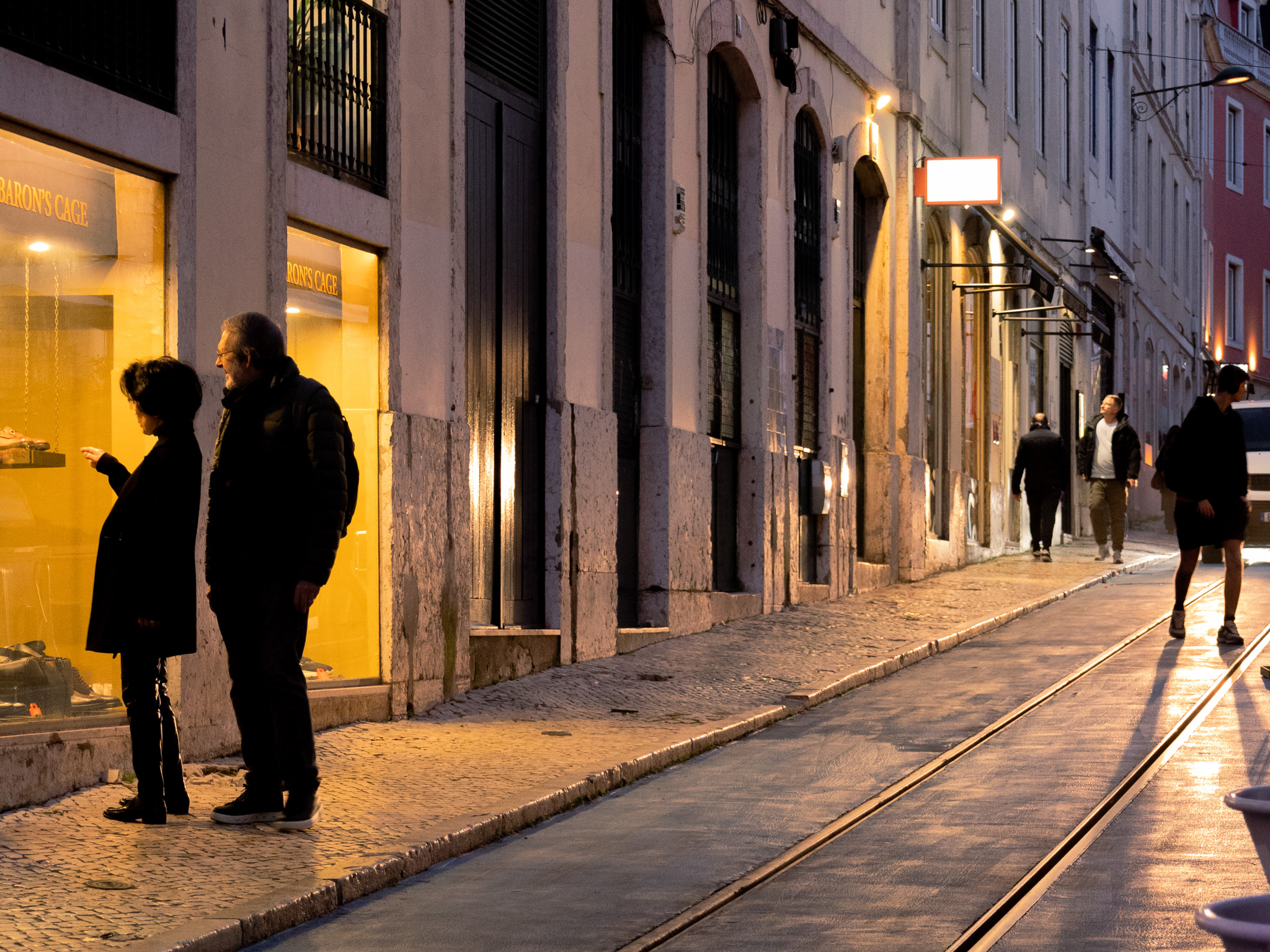The lively streets of West Village together with what's probably the worlds most recognizable skyline.
The High Line is a perfect example of refinement of local, historical structures made to blend in as a perfect contrast in the concrete jungle of Manhattan.
The West Village is a great example on the idea of creating life between the buildings by letting restaurants and shops spill out on sidewalks in the public space.
A strong visual brand can be as important for a place as any business. This can be achieved by establishing holistic brand guidelines inspired by the local identity.






